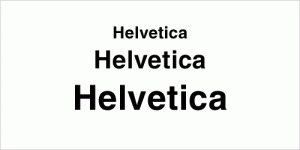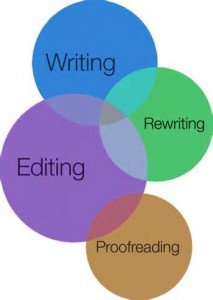Of Trump Cards and Lawyering
 Some of the best and the worst of the legal profession can be seen through Socha v. Boughton, No. 12-1598, decided by the Seventh Circuit this past week. The substance of the case involved the court’s applying — for the first time — the doctrine of equitable tolling to excuse a late filing by a state prisoner in a habeas case. This required a conclusion that the district court had abused its discretion in concluding otherwise, including the catchy characterization that “[t]he mistake made by the district court and the state was to conceive of the equitable tolling inquiry as the search for a single trump card, rather than an evaluation of the entire hand that the petitioner was dealt” (slip op. at 19).
Some of the best and the worst of the legal profession can be seen through Socha v. Boughton, No. 12-1598, decided by the Seventh Circuit this past week. The substance of the case involved the court’s applying — for the first time — the doctrine of equitable tolling to excuse a late filing by a state prisoner in a habeas case. This required a conclusion that the district court had abused its discretion in concluding otherwise, including the catchy characterization that “[t]he mistake made by the district court and the state was to conceive of the equitable tolling inquiry as the search for a single trump card, rather than an evaluation of the entire hand that the petitioner was dealt” (slip op. at 19).
Yet it is the lawyering that I want especially to note.


